
Pin on Swordsman
East Asia, Japan Subject Area: History and Social Science, Visual Arts Activity Type: Art in Depth Art in Depth: Samurai Armor Overview In 2020 the Virginia Museum of Fine Arts acquired an exquisite suit of Samurai armor from the 18th century. Learn more about the suit, Samurai culture, and related artworks.

28 best 13th century Japanese Kamakura period (12011300) images on Pinterest Warriors
Samurai armor went through centuries of evolution. Take a trip through Japanese military history to discover the rich tradition and craftsmanship. Nov 1, 2022 • By Michael Smathers, BA HIstory w/ focus on Medieval Periods

Japanese Mask, Japanese Warrior, Japanese Sword, Samurai Art, Samurai Swords, Samurai Warrior
It is believed that this armor was given by the Emperor Go-Murakami to Nanbu Nobumitsu, daimyo of Hachinohe in 1367, and that his successor, Mitsutsune, gave it as an offering to the Kushibiki Hachimang shrine in 1411. Yoroi Armor with White Triangular-Pattern Lacing Nanbokuch period, 14th century

Domaru Armor Japan, Edo Period The Metropolitan Museum of Art Samurai armor, Armor, Ancient armor
Samurai (or bushi) were members of professional warrior clans who started to play a central role in the history of medieval Japan. As they rose in both social and economic stature, they increasingly became the driving force behind the production of many kinds of artwork and decorative art objects. Swords and armor, symbolizing military power.
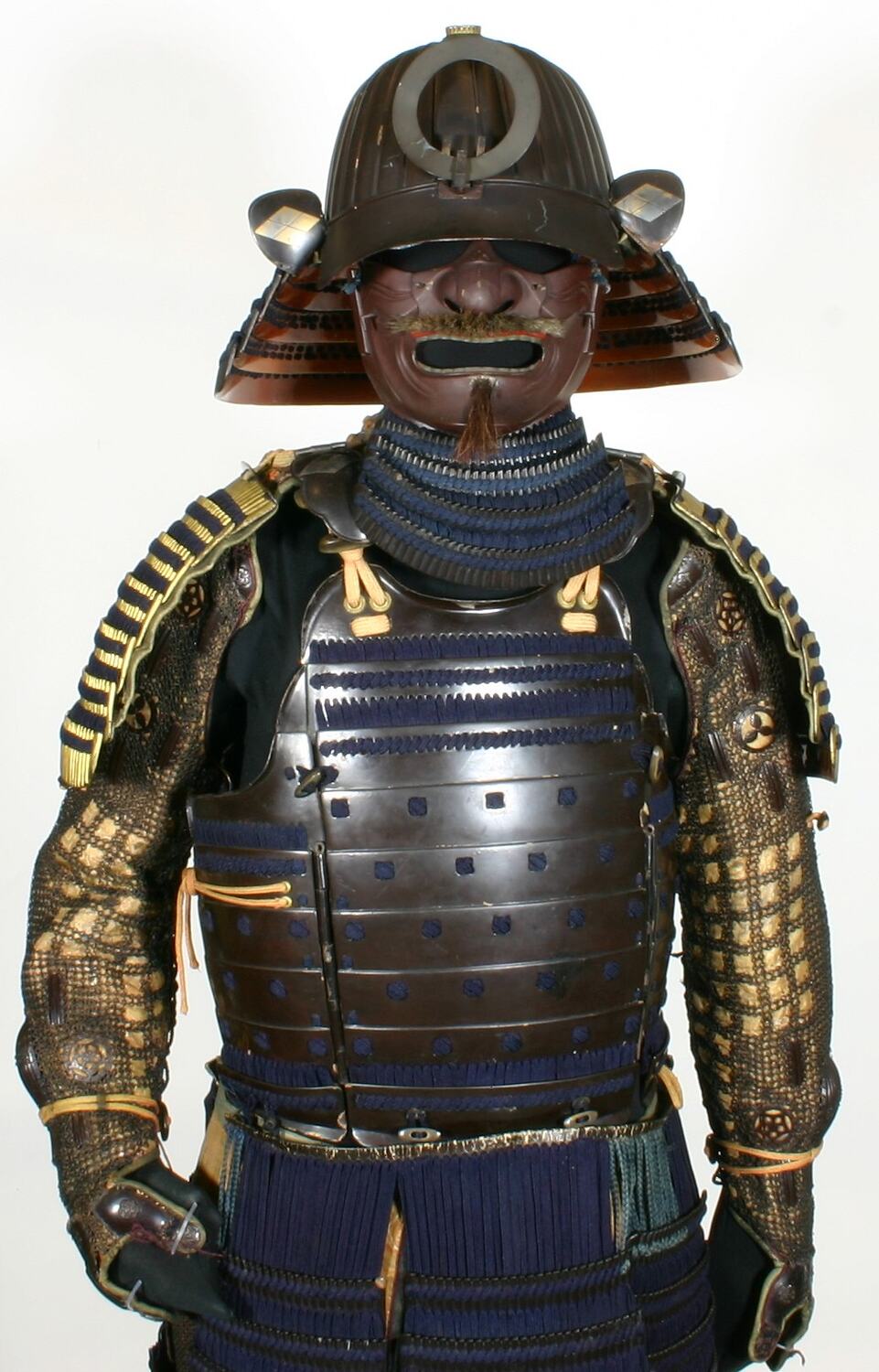
Suit of Armour Japanese Edo Period, 16031867
The helmet, long associated with this armor, dates from the middle of the fourteenth century. Traditionally, it is believed that this yoroi was donated to the Shinomura Hachimangū , a shrine near Kyoto, by Ashikaga Takauji (1305-1358), founder of the Ashikaga shogunate. Front detail view of a helmet (14.100.121a), with the top of a cuirass.
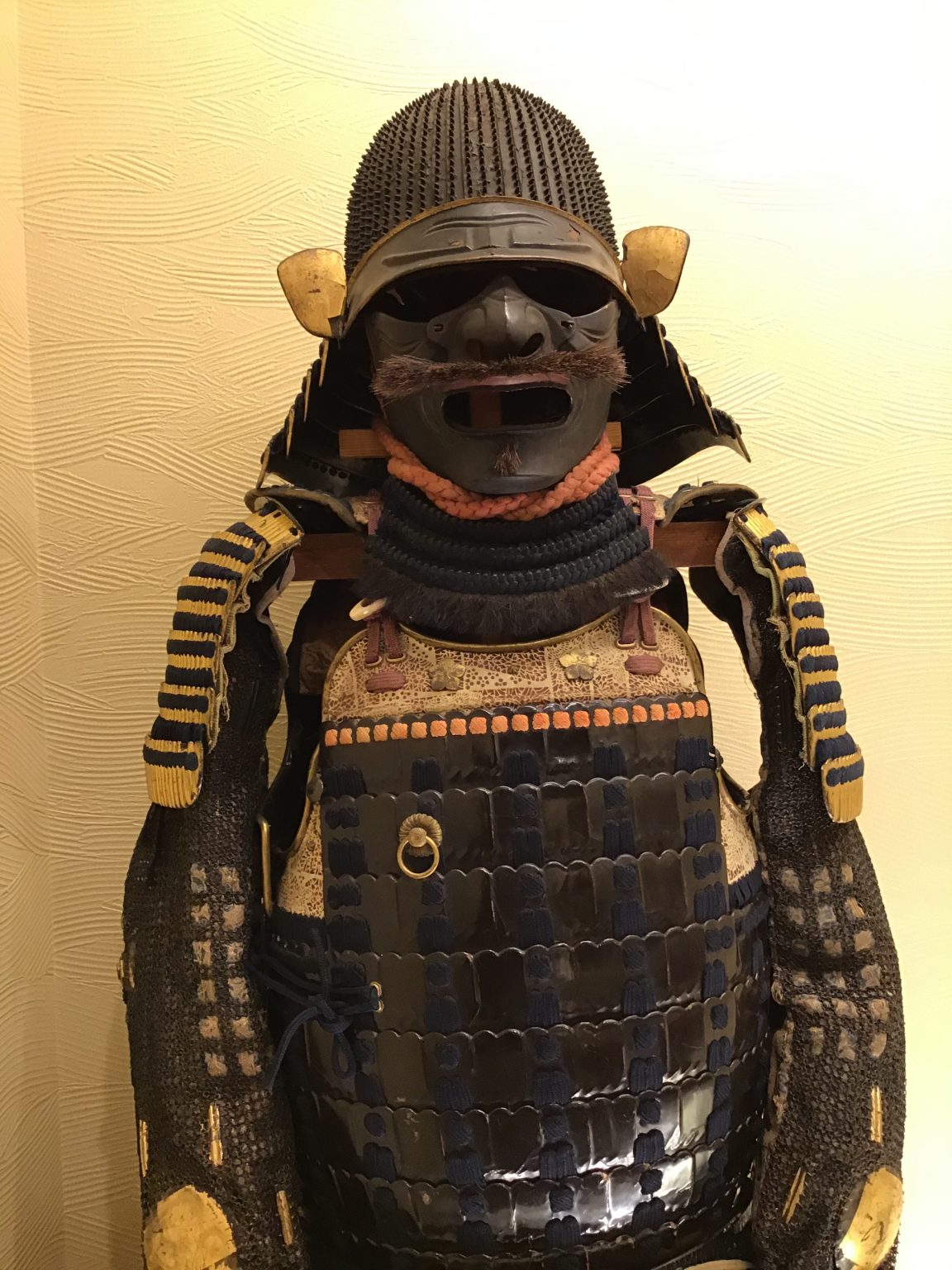
Antique Edo Period Samurai Armor with Tokubetsu Kicho Shiryo Certificate Samurai Museum Shop
It was use as an effective piece of gear on the Japanese battlefield from the 10th to the early 14th century, and its usage started to decline in the late 13th century, when the more versatile Dō Maru (胴丸) and Haramaki (腹巻) styles of armor started to replace it among the nobles.

Sold Price ANTIQUE JAPANESE SAMURAI ARMOR Invalid date PDT
From Wikipedia, the free encyclopedia Ō-yoroi, 13th-14th century, Kasuga Grand Shrine A man wearing Samurai armor and (sleeveless jacket) turns around, 2019 Scholars agree that Japanese armour first appeared in the 4th century, with the discovery of the cuirass and basic helmets in graves. [1]
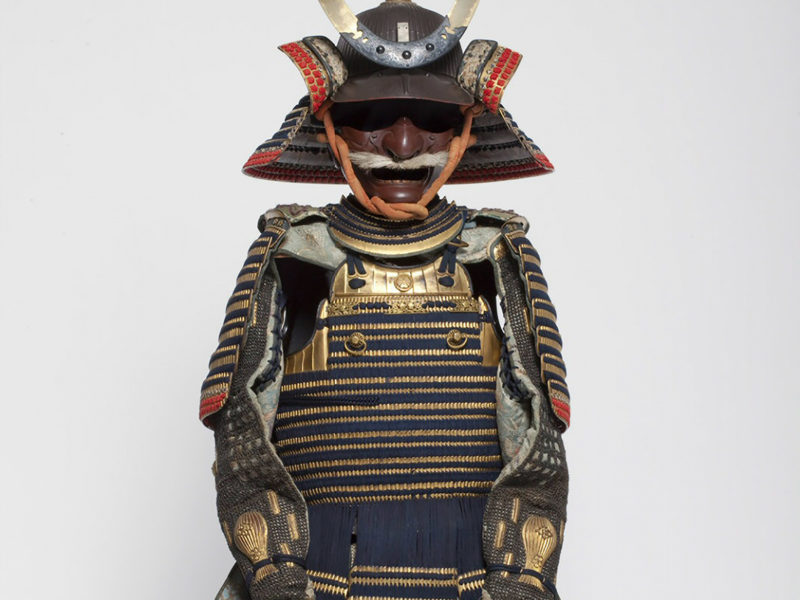
Conservation of Japanese Armor Collections Asian Art Museum
The Evolution of Japanese Armour An article by Boris Petrov Bedrosov, with illustrations by Jean Thibodeau Samurai: A man of honor, walking his way with a sword in hand; a determined warrior, showing no fear and pain; a ruthless soldier, giving no quarter and not asking it. I think there is no other word that says so much with so few letters.
Armor (Yoroi) Japanese The Metropolitan Museum of Art
The History The armor of a Japanese warrior is known to have evolved from the Korean and Chinese pieces. Helmets and cuirasses were produced in Japan as early as the 4th century. During the years 794 to 1185 of the Heian period, these cuirasses evolved and developed into a more common style of armor that was utilized by the samurai class.
A full set of Japanese samurai armor (Yoroi) complete with Menpō(face mask),while not so heavy
Overview Provenance References Title: Armor (Yoroi) of Ashikaga Takauji (1305-1358) Date: early 14th century Culture: Japanese Medium: Iron, lacquer, leather, silk, gilt copper Dimensions: H. 37 1/2 in. (95.3 cm); W. 22 in. (55.9 cm); Wt. 25 lb. 15 oz. (11.77 kg) Classification: Armor for Man Credit Line: Gift of Bashford Dean, 1914

Suit of Armor 17001799 Edo Period Japan David Owsley Museum of Art Samurai armor, Suit of
A type of Armor "Ooyoroi" Ancient Japanese suit of armour was made of iron. It was called Tankou and Keikou and was replicated from Chinese and Korean armour. Departing from influences on.

samuraiarmour Samurai and Bushido Pictures Samurai and Bushido Samurai
History and Types of Japanese Armor Japan has a long history of armor use that goes back all the way to the early 4th century AD when first pre-samurai soldiers and nobility took the armor designs made in China and modified them to better suit their own fashion styles and available materials.

Pin on japanese armour
for over 600 years from 1185 to 1868 Japan was ruled by a military government or bakufu the armor of Japan's highest-ranking military has inspired generations of historians filmmakers and artists to reimagine this time in history let's look at some real examples of armor from the Asian Art Museum in San Francisco and the Tokyo National Museum in Japan to explore the people who wore this armor.

Japanese History, Japanese Culture, Takeda Shingen, Muromachi Period, Fief, Japanese Blades
The ō-yoroi (大鎧) is a prominent example of early Japanese armor worn by the samurai class of feudal Japan. The term ō-yoroi means "great armor." [1] History Ō-yoroi, Kamakura period, 13th-14th century, National Treasure, Kasuga grand shrine. [2]

V&A · Samurai Japanese Arms & Armour
Armour By the 12th century, battles were carried out mostly by cavalry with the bow and sword as principal weapons. Armour developed into the flexible Ō-yoroi - 'Great Harness', where protection against arrows was the foremost consideration.
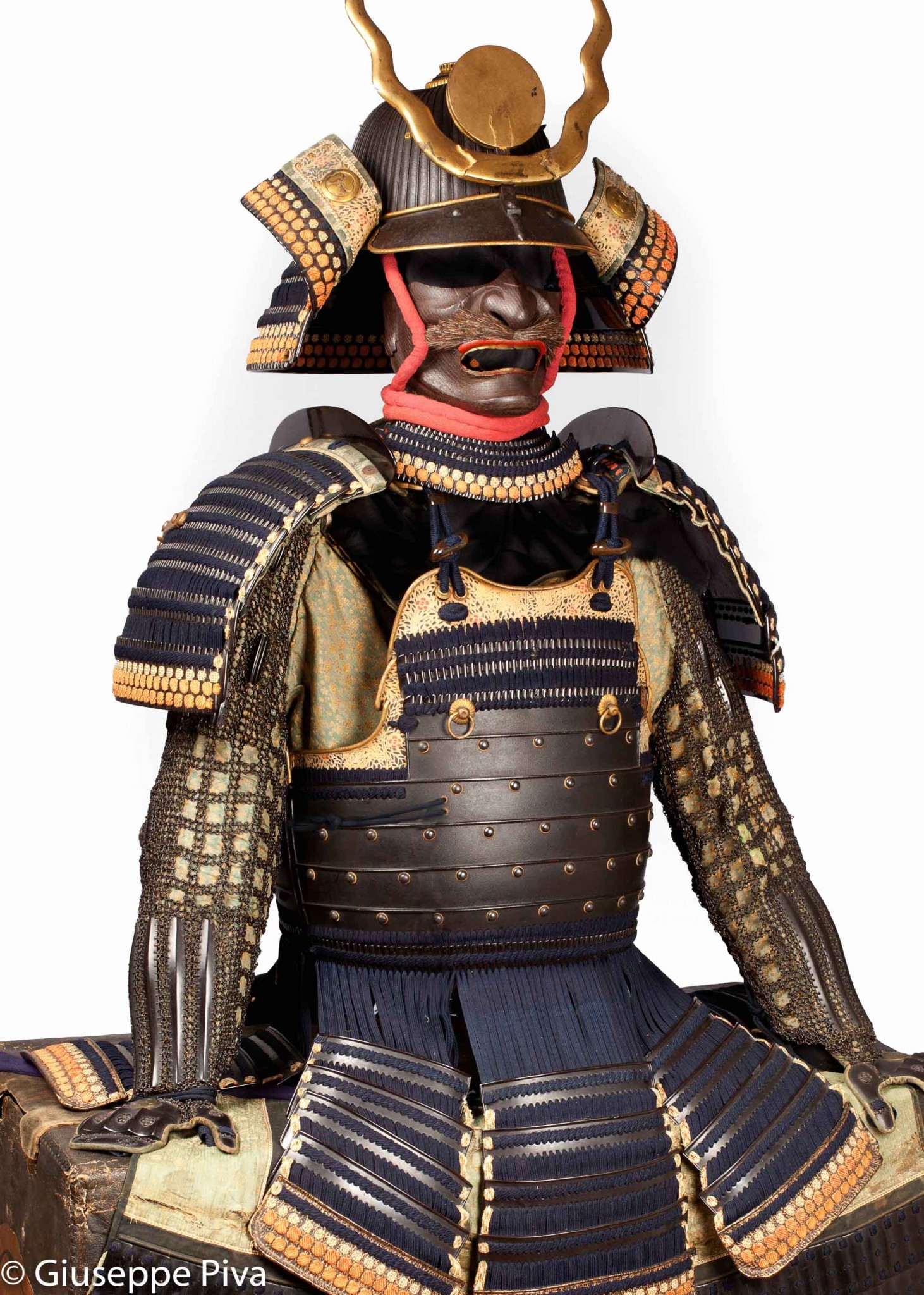
Samurai armor with riveted cuirass Japanese Antiques Samurai Art
This armour of Asian origin reached Europe after the Mongol invasion of Kievan Rus' in 1240 that destroyed the Kievan Rus' and severely damaged the Kingdom of Hungary in 1241. The new armour became very popular first in Eastern Europe, especially in Hungary, towards the end of the 13th century and was adopted in western Europe several decades.